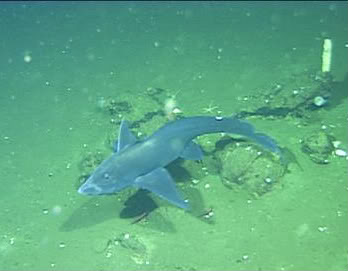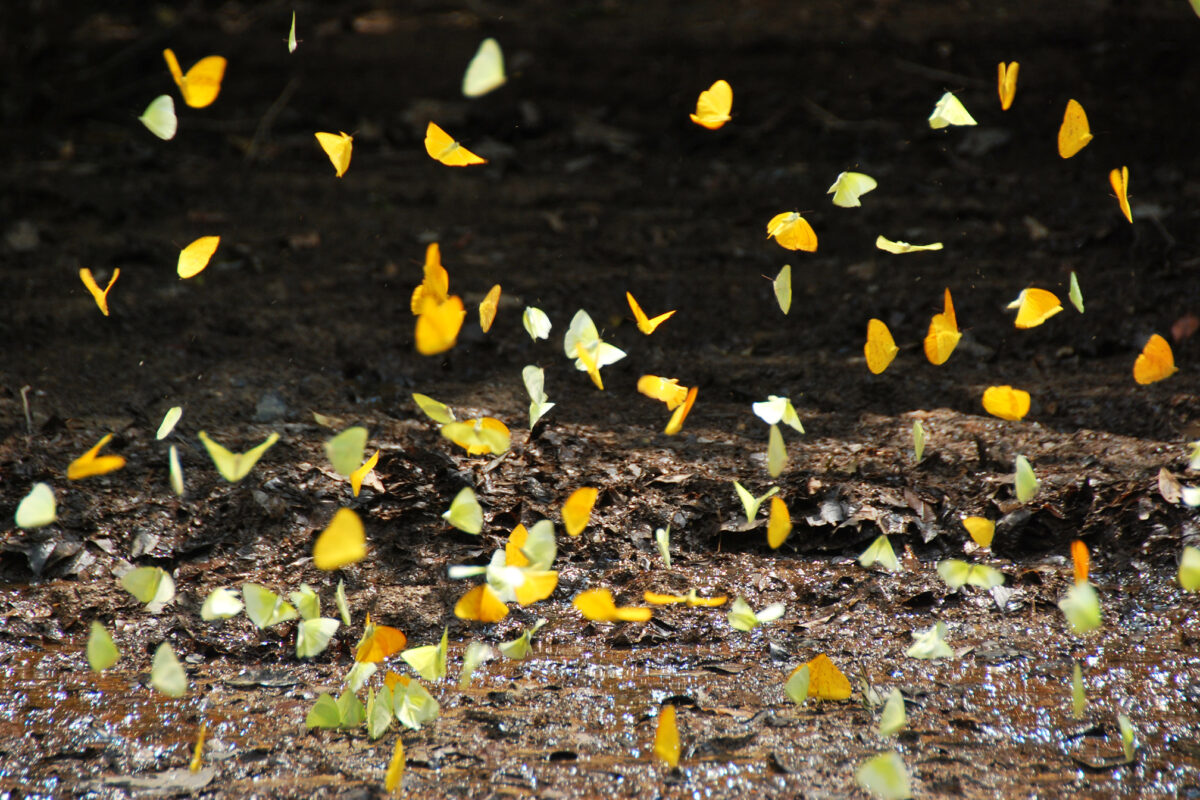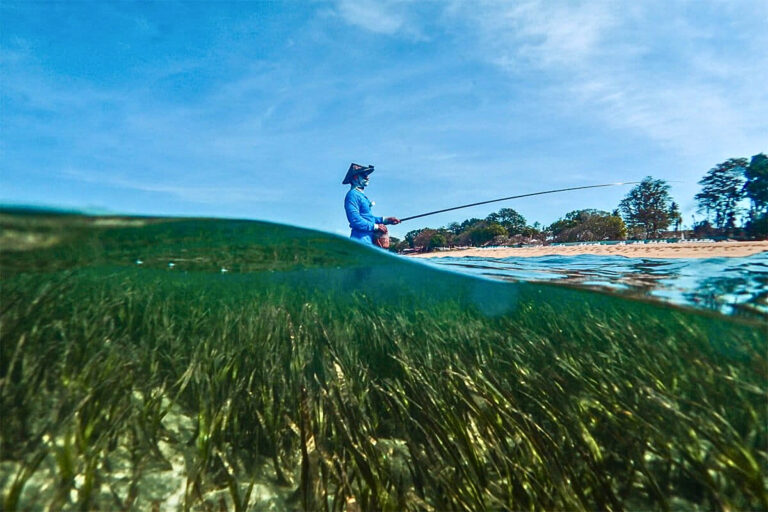The discovery of Eastern Pacific black ghostshark Hydrolagus melanophasma is notable for a number of reasons. It is the first new species of cartilaginous fish—i.e fish whose skeletons are made entirely of cartilage, such as sharks, rays, and skate—to be described in California water since 1947. It is also a representative of an ancient and little-known group of fish.
The first individual of the new species was collected sometimes in the 1960s, however it went unnamed for decades because its taxonomic relationships were hazy Currently, there are nine preserved specimens of the species, as well as video footage of a living Eastern Pacific black ghostshark taken by a deep-water submersible in the Sea of Cortez..
 This is an Eastern Pacific black ghostshark (Hydrolagus melanophasma), a new species from California and Baja California. Photo courtesy of: MBARI. |
Ghostsharks are not sharks, but are one of the oldest and strangest groups of fish in the world. While they go by a number of names—chimaeras, ratfish, and rabbitfish—the ghostsharks closest living relatives are sharks, from which they branched off some 400 million years ago.
There are a few key attributes that make the ghostshark different from their more famous relatives. For example, male ghostsharks sport retractable sexual appendages on their forehead and in front of their pelvic fins. Ghostsharks also possess only a singlge pair of gills and grinding teeth plates that resemble rabbit’s incisors, hence the nickname ‘rabbitfish’. While ghostsharks are abundant and diverse in the fossil record, today they are mostly consigned to deep waters where they have long avoided scientific attention. In 2006 two new species of ghostsharks were discovered off the Galapagos Islands.
The Eastern Pacific black ghostshark haunts the deep waters from the coast of Southern California, along the western coast of Baja California to the Sea of Cortez.
The official description of the new species was published this month in Zootaxa.
Related articles
Photos: new deep sea species discovered off the Canary Islands

(09/21/2009) Owned by Spain, but located just off the northwest coast of Africa, the Canary Islands sport a wide variety of marine life, including five species of marine turtles, ten species of sharks and rays, and innumerable fish and invertebrates. However, a new expedition has gone beyond the known, sending a robot to depths of 500 meters to discover the secrets of the Canary Island’s deep sea.
Hundreds of rare and bizarre marine species discovered
(11/09/2008) The evolutionary origin of deep sea octopuses, new species populating an underwater “continent”, 12,000 amphipods crowding a square meter in the Gulf of Mexico, massive gatherings of white sharks in the middle of the Pacific: these are just a few highlights from the Census of Marine Life (COML)’s fourth report.
100 new species of sharks and rays discovered in Australia
(09/19/2008) Scientists have described 100 new species of sharks and rays in the seas around Australia.














